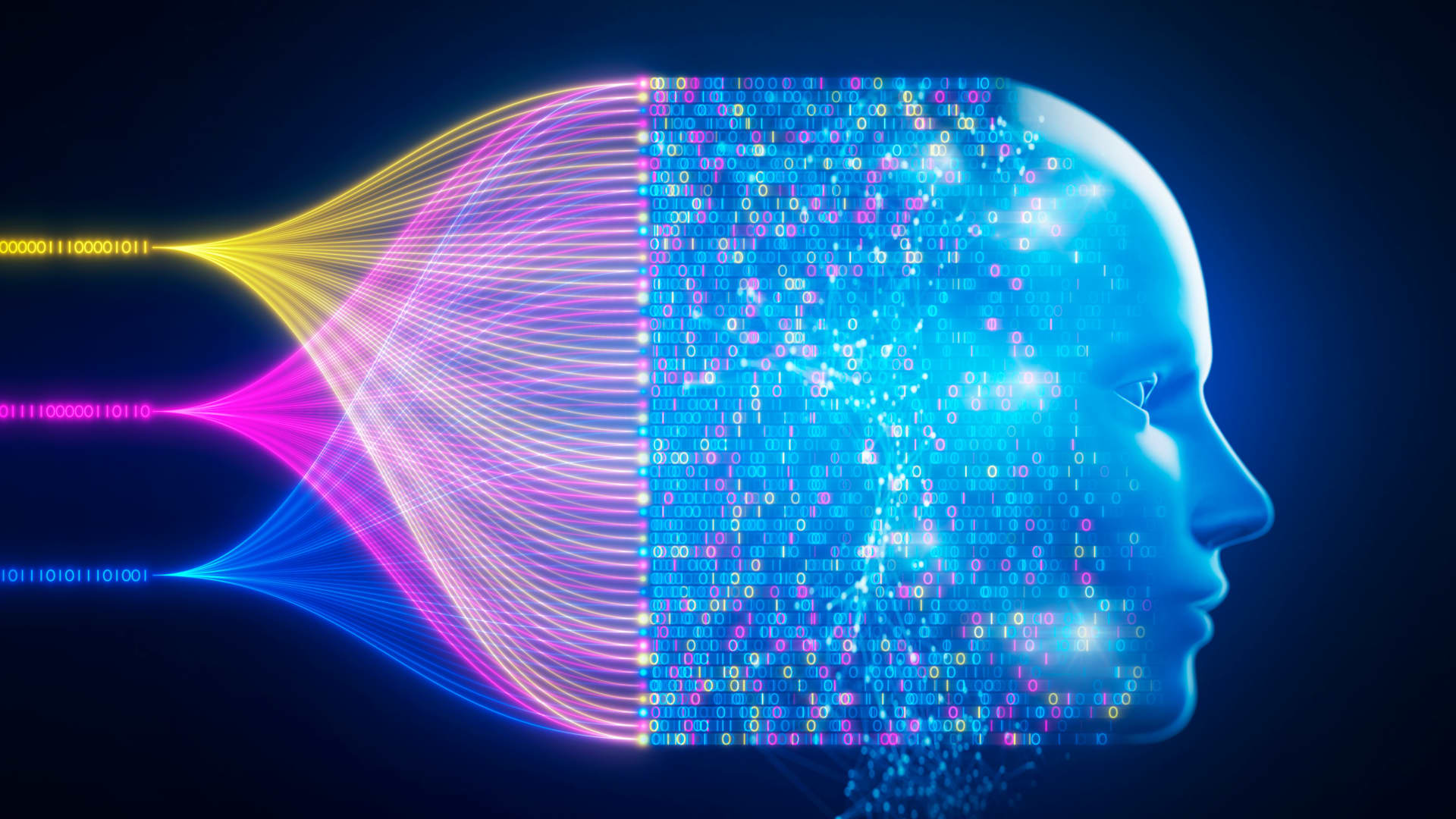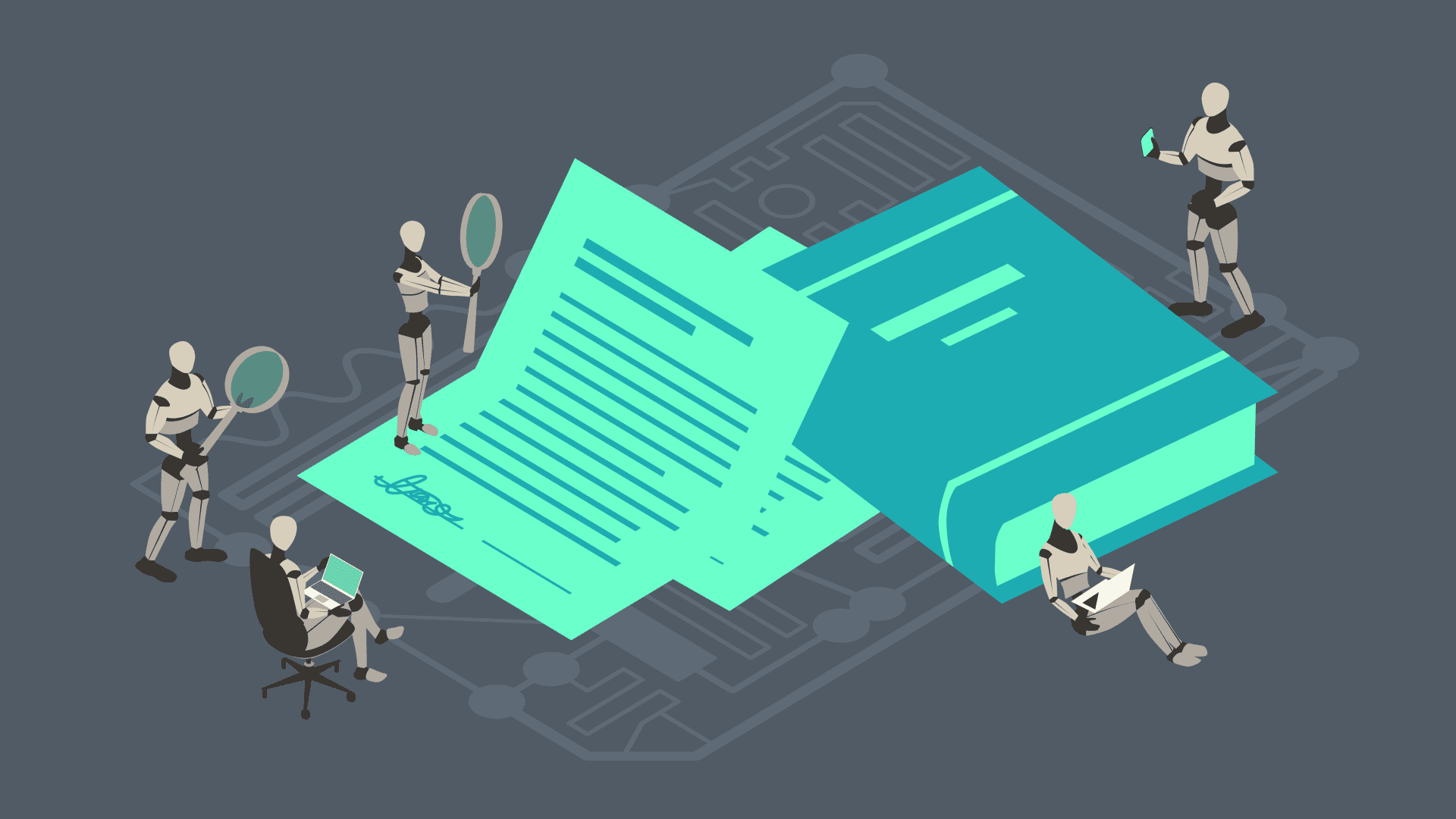Undress AI has become a buzzword in recent years, sparking debates across the globe. This technology, which uses artificial intelligence to digitally remove clothing from images, has raised significant ethical and privacy concerns. While it offers potential applications in fashion design and virtual try-ons, its misuse poses serious risks. In this article, we will explore the intricacies of Undress AI, examining its functionality, ethical implications, and the measures being taken to regulate it. Whether you're a tech enthusiast, a privacy advocate, or simply curious, this guide will provide you with a comprehensive understanding of Undress AI and its impact on society.
The rapid advancement of AI technologies has brought both innovation and challenges. Undress AI is one such innovation that has captured public attention due to its controversial nature. While some view it as a groundbreaking tool for creative industries, others see it as a potential threat to personal privacy. Understanding the nuances of this technology is crucial in today's digital age, where the line between innovation and invasion of privacy is increasingly blurred.
As we delve deeper into this topic, we will explore the technical aspects of Undress AI, its various applications, and the legal frameworks being developed to address its potential misuse. This article aims to provide you with a balanced perspective, supported by expert opinions and factual information, helping you form your own informed opinion about this complex technology.
Read also:Park Eunbin A Rising Star In The Kdrama Universe
Table of Contents
What is Undress AI?
Undress AI refers to a class of artificial intelligence algorithms designed to digitally remove clothing from images of individuals. This technology uses advanced machine learning techniques, particularly deep learning models, to analyze and manipulate visual data. The primary goal of Undress AI is to create realistic representations of how a person might appear without clothing, based on their existing images.
While the concept may seem futuristic, Undress AI has already found its way into various applications. These range from legitimate uses in fashion design and virtual try-on systems to more controversial applications that have raised significant ethical questions. The technology's ability to process and alter images with high accuracy has made it both fascinating and concerning to many.
Technical Background
At its core, Undress AI relies on sophisticated neural networks that have been trained on vast datasets of human images. These networks learn to identify patterns and features that distinguish clothing from skin, allowing them to generate realistic results. The process typically involves:
- Image segmentation to identify clothing areas
- Texture analysis to understand fabric properties
- Generative adversarial networks (GANs) to create realistic skin textures
- Post-processing techniques to enhance final image quality
How Does Undress AI Work?
The functioning of Undress AI can be broken down into several key stages, each involving complex computational processes and advanced algorithms. Understanding these stages helps explain how the technology achieves its controversial results.
Data Collection and Training
Like most AI systems, Undress AI begins with extensive data collection. Developers gather large datasets containing images of people in various clothing styles and poses. These datasets are crucial for training the AI models to accurately recognize different types of garments and human body features. The training process involves:
- Collecting diverse image datasets
- Labeling clothing and body parts
- Training convolutional neural networks (CNNs)
- Implementing transfer learning techniques
Image Processing Pipeline
Once trained, the Undress AI follows a systematic image processing pipeline:
Read also:Hallie Batchelder A Rising Star In The Entertainment Industry
- Initial image analysis and feature detection
- Clothing segmentation using edge detection algorithms
- Body shape estimation through pose analysis
- Texture synthesis for realistic skin generation
- Final image composition and refinement
This multi-stage process ensures that the AI can handle various image conditions while maintaining realistic results. However, the complexity of human anatomy and clothing variations presents ongoing challenges for developers.
Applications of Undress AI
While Undress AI has gained notoriety for its controversial uses, it also presents several legitimate applications that could revolutionize certain industries. Understanding these applications helps provide a more balanced perspective on the technology's potential.
Fashion and Retail Industry
One of the most promising applications of Undress AI lies in the fashion and retail sector:
- Virtual try-on systems for online shopping
- Fashion design and prototyping tools
- Personalized clothing recommendations
- Size and fit prediction algorithms
These applications can enhance customer experience while reducing return rates and improving inventory management for retailers.
Medical and Health Applications
Surprisingly, Undress AI technology has potential medical applications:
- Body composition analysis for health monitoring
- Post-surgical visualization tools
- Fitness progress tracking systems
- Telemedicine examination aids
Ethical Concerns and Privacy Issues
The development and deployment of Undress AI have raised significant ethical questions and privacy concerns that cannot be ignored. These issues primarily revolve around consent, potential misuse, and the broader implications for personal privacy.
Consent and Privacy Violations
One of the most pressing concerns with Undress AI is the issue of consent:
- Non-consensual use of personal images
- Potential for revenge porn applications
- Risk of deepfake creation
- Violation of personal privacy rights
These concerns have led to widespread calls for stricter regulations and better protection mechanisms for individuals' digital images.
Societal Impact
The societal implications of Undress AI extend beyond individual privacy:
- Impact on body image perceptions
- Potential for workplace harassment
- Effects on social media behavior
- Influence on dating and relationship dynamics
These factors highlight the need for careful consideration of how such technologies are developed and deployed in society.
Legal Regulations and Measures
In response to the growing concerns surrounding Undress AI, various legal frameworks and regulatory measures are being developed worldwide. These efforts aim to balance technological innovation with the protection of individual rights and privacy.
Current Legislation
Several countries have already implemented laws addressing AI-generated content:
- General Data Protection Regulation (GDPR) in Europe
- California Consumer Privacy Act (CCPA)
- Digital Services Act (DSA) proposals
- Specific AI regulation frameworks
Proposed Solutions
Experts suggest several approaches to regulate Undress AI:
- Mandatory consent requirements for image processing
- Watermarking of AI-generated content
- Development of detection algorithms
- Establishment of ethical guidelines for developers
Impact on Society and Culture
The emergence of Undress AI has significant implications for various aspects of society and culture. These impacts extend beyond technical considerations to affect social norms, cultural values, and human relationships.
Cultural Shifts
Undress AI is contributing to several notable cultural changes:
- Changing perceptions of privacy
- Evolution of digital consent norms
- Impact on artistic expression
- Influence on fashion industry standards
Social Dynamics
The technology is also affecting social interactions and relationships:
- Trust issues in digital communication
- Changing dynamics in online dating
- Impact on workplace interactions
- Influence on social media behavior
Future Prospects of Undress AI
Looking ahead, the future of Undress AI presents both challenges and opportunities. While the technology continues to evolve, its development path will likely be shaped by regulatory frameworks, public opinion, and technological advancements.
Potential Developments
Experts predict several possible future directions for Undress AI:
- Improved accuracy and realism
- Integration with augmented reality
- Development of ethical AI frameworks
- Expansion into new application areas
Research Directions
Ongoing research focuses on several key areas:
- Enhancing detection algorithms
- Developing better consent mechanisms
- Improving security protocols
- Exploring alternative applications
Alternatives to Undress AI
While Undress AI presents certain capabilities, several alternative technologies and approaches offer similar benefits without the associated ethical concerns.
Virtual Try-On Solutions
Several companies have developed alternative virtual try-on systems:
- 3D body scanning technology
- Augmented reality fitting rooms
- Size prediction algorithms
- Virtual mannequin systems
Privacy-Focused AI
Developers are exploring privacy-conscious AI solutions:
- Federated learning approaches
- On-device processing systems
- Consent-based image analysis
- Blockchain verification methods
Expert Opinions and Research
To provide a comprehensive understanding of Undress AI, it's crucial to consider expert opinions and recent research findings in the field.
Research Studies
Recent academic studies have revealed important insights:
- Accuracy rates of current algorithms
- Psychological impact on users
- Social implications of widespread use
- Technical limitations and challenges
Industry Perspectives
Industry experts offer valuable perspectives on Undress AI:
- Technology development trends
- Market adoption patterns
- Investment and funding landscape
- Future innovation directions
Conclusion and Call to Action
Undress AI represents a complex intersection of technological innovation, ethical considerations, and societal impact. While it offers promising applications in various fields, its potential for misuse demands careful attention and responsible development. As we've explored throughout this article, the technology's implications extend far beyond its technical capabilities, affecting privacy rights, social norms, and cultural values.
We encourage you to share your thoughts and perspectives on this important topic in the comments section below. Have you encountered similar technologies in your personal or professional life? How do you think society should approach the development and regulation of such powerful AI tools? Your insights could contribute to the ongoing dialogue about responsible AI development.
For those interested in exploring related topics, we recommend reading our articles on ethical AI development and digital privacy protection. Stay informed about the latest technological advancements while maintaining a critical perspective on their impact on our lives. Together, we can help shape a future where innovation serves humanity's best interests.

